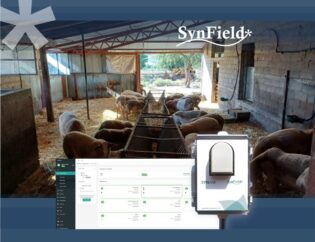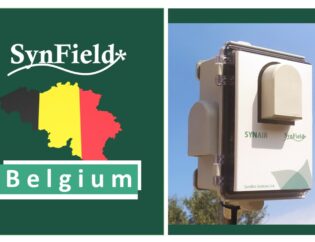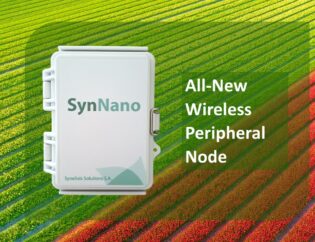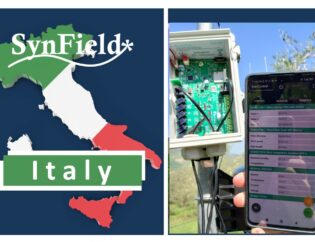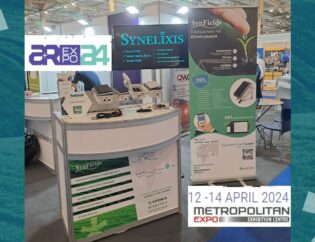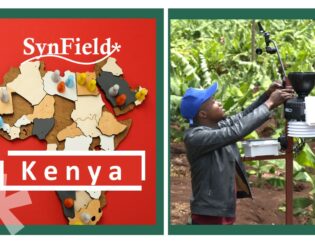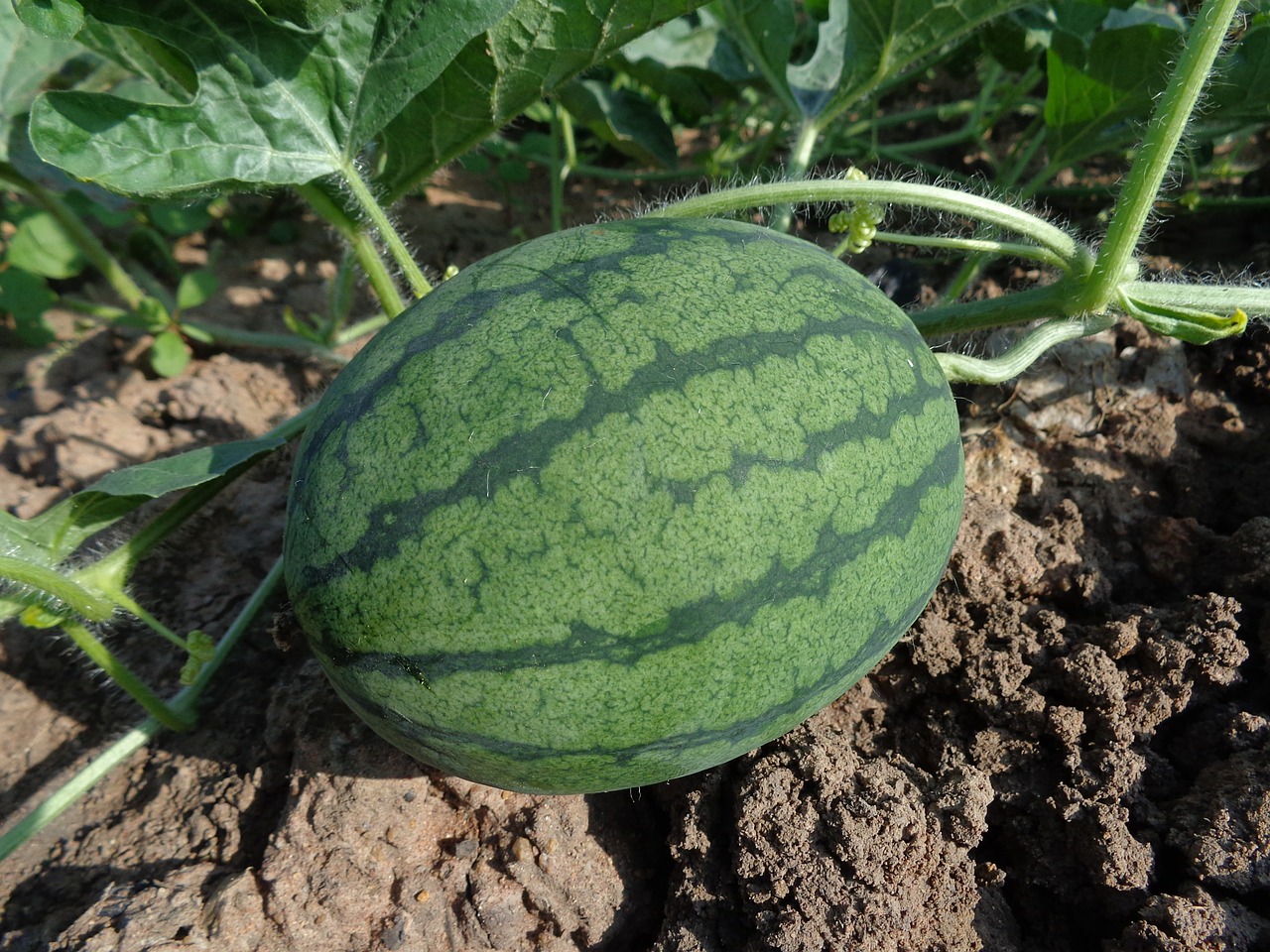
Watermelon contains 90% water and irrefutably irrigation during cultivation is very important for its yields and quality.
Irrigation in watermelon can be done either by dripping, grooving or spraying. Although spraying is the most widespread method, drip irrigation is more economical, since it requires 40% less water. Furthermore, the frequency and quantity of irrigation depends on the weather conditions and the type of soil. In watermelon cultivation usually non-salted and medium to light soil are preferred.
Before sowing, very good watering is recommended to achieve the maximum water supply for the soil to allow the seedlings to germinate. Until flowering, that is until the end of spring, the watermelon needs watering every two days, while in the summer, from flowering and on, it should be irrigated every day.
In order to irrigate watermelon, it is recommended an initial stress to first develop the root system. From bloom to fruiting the plant requires heavy irrigation so that yields are not reduced. Finally during the ripening period, the fruit must be irrigated according to the soil moisture measurements to avoid the risk of overstressing.
In conclusion, proper watering practice of the watermelon must take into account the plant growth phase, soil moisture, soil type and climatic conditions. According to agronomic studies the use of systems of samrt agriculture can help not only save water but also to increase yield as it can reduce up to 40% of waste from overflow.
